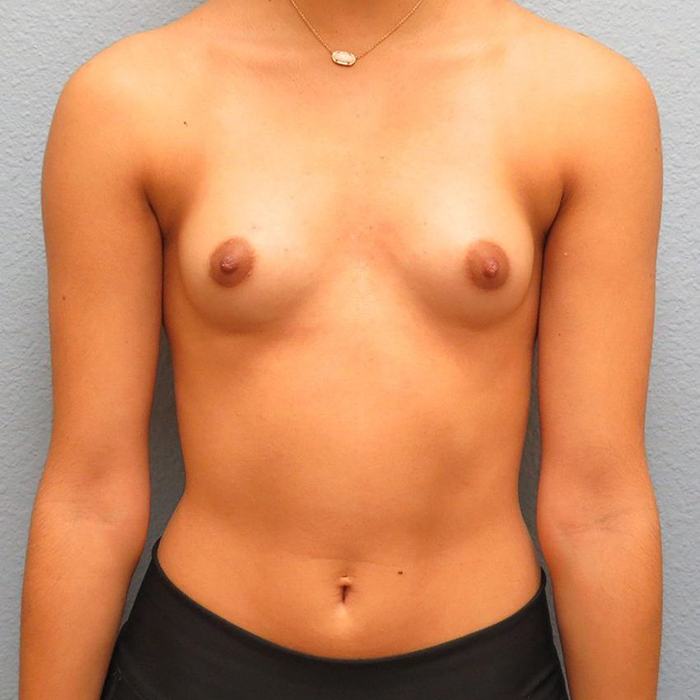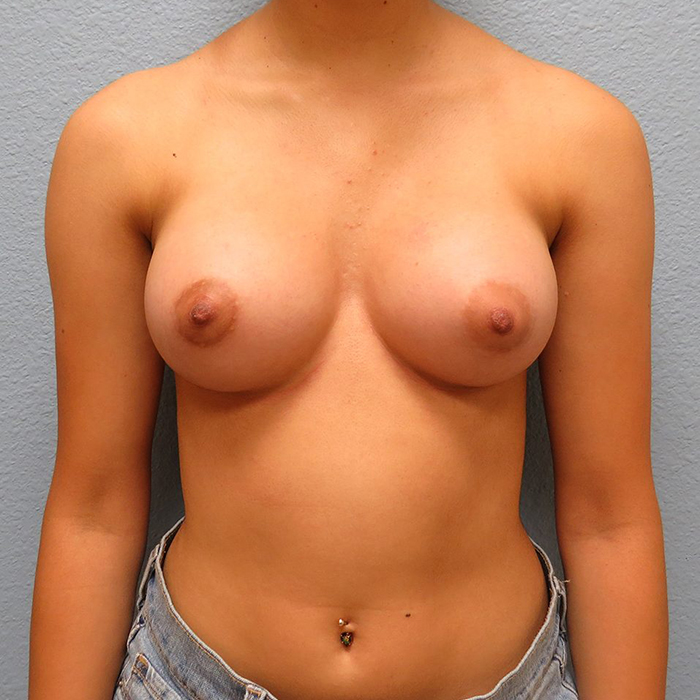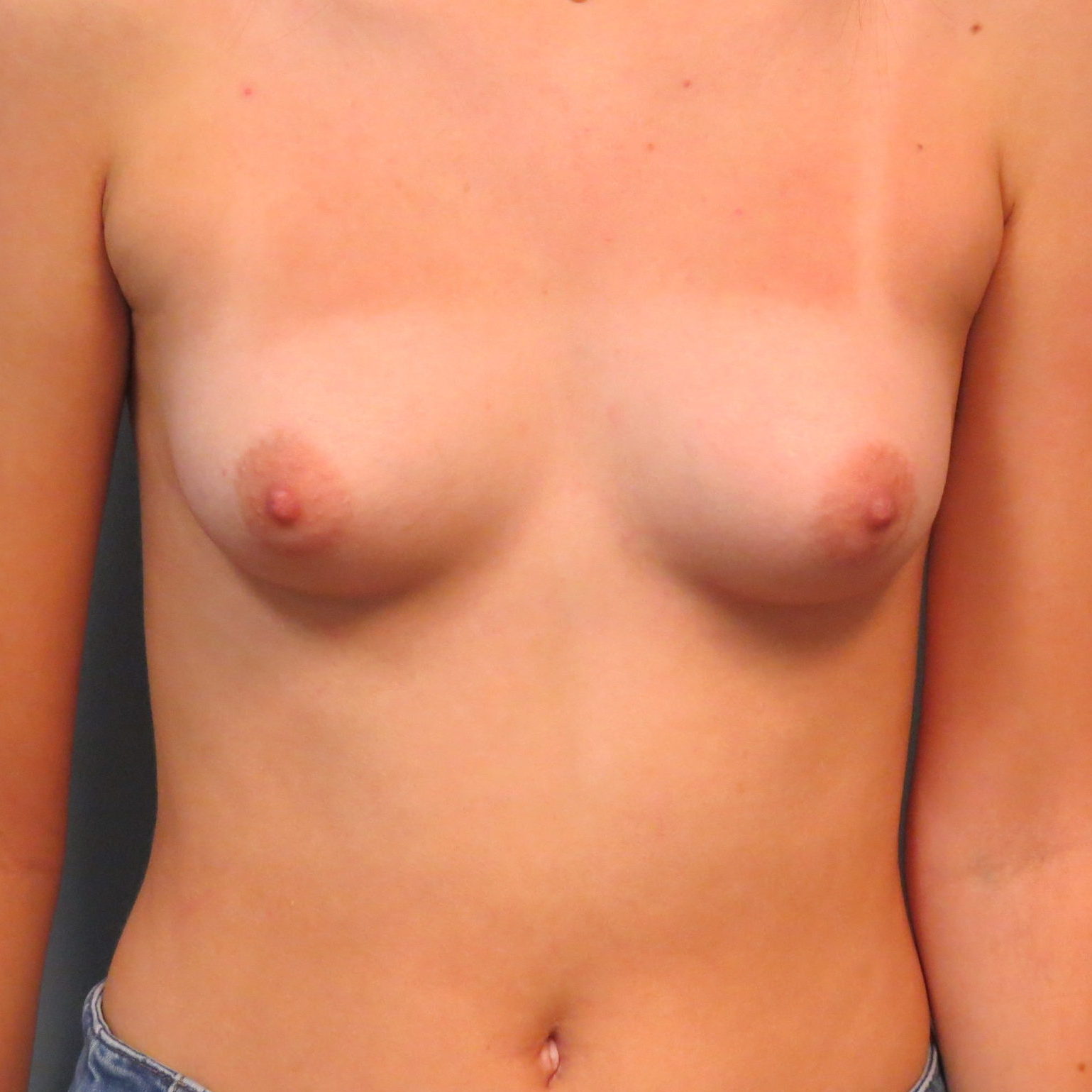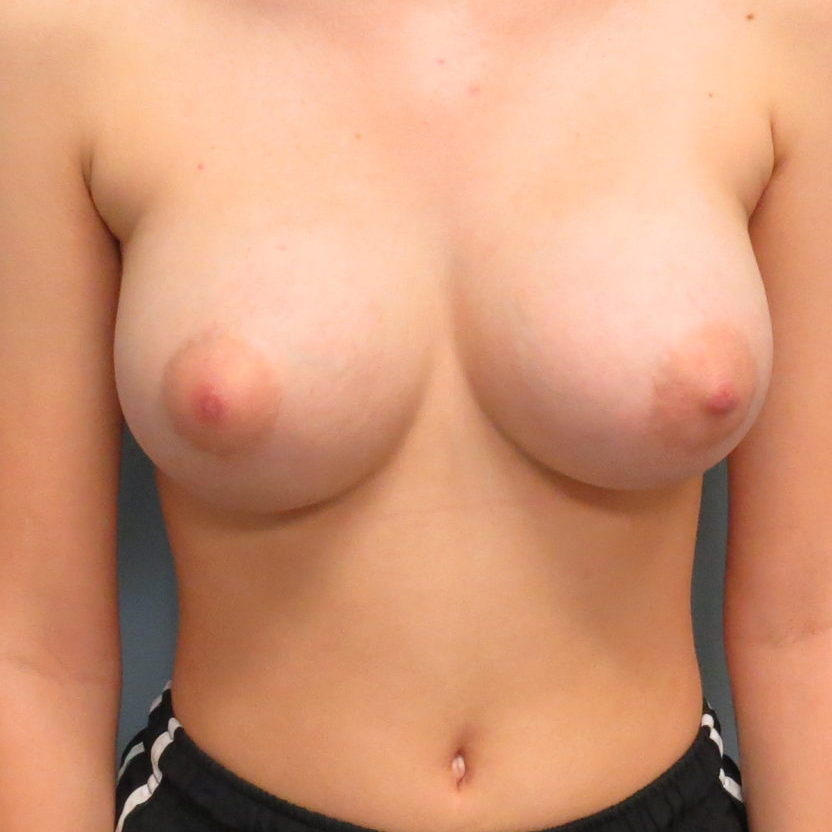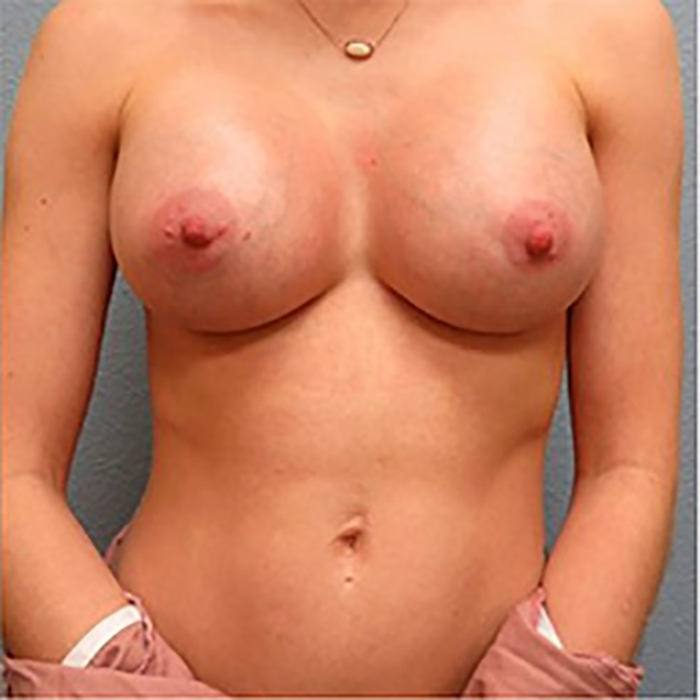Reclaim confidence in your figure.
Breast Augmentation
For many women, recapturing a youthful figure through breast augmentation can be the change they need to once again feel confident in their bodies. Our surgeons use the latest techniques and implants available to produce beautiful, natural and youthful breast appearances.
Our office is dedicated to helping you achieve your enhancement goals by recommending the ideal size and shape for your breast augmentation in Corpus Christi. During a comprehensive discussion and examination, we will determine the best incision location. We offer both silicone (always the gummy bear type) and saline implants, with special attention to ensuring you achieve the exact aesthetic and shape you desire.
Implant Variables
What to Expect During the Surgery
Step One: Anesthesia
Medications are administered for your comfort during breast augmentation surgery. The choices include intravenous sedation and general anesthesia. Your physician will recommend the best choice for you. Our physicians inject a nerve-blocking agent during the initial stages of surgery. This significantly decreases the pain of recovery for about two to three days.
Step Two: Incision
Incisions are made in inconspicuous areas to minimize visible scarring. You and your plastic surgeon will discuss which incision options are appropriate for your desired outcome. The incision will be made on one of the three options mentioned above.
Step Three: Choosing an Implant
Breast size and shape are important, so be honest and open about your expectations when talking with your surgeon. Implant type and size will be determined not just based on your desired increase in size but more importantly on your breast anatomy, skin elasticity and body type.
Step Four: Inserting the Implant
After the incision is made, a breast implant is inserted into a pocket either under the pectoral muscle (a submuscular placement) or directly behind the breast tissue and over the pectoral muscle (a submammary/subglandular placement).
Step Five: Closing the Incisions
Incisions are closed with layered sutures in the breast tissue and with sutures, skin adhesive, or surgical tape to close the skin. Over time, the incision lines will fade.
Step Six: Seeing the Results
The results of breast augmentation surgery are immediately visible. Over time, post-surgical swelling will resolve and incision lines will fade. Satisfaction with your new image should continue to grow as you recover and realize the fulfillment of your goal for fuller breasts.
Concerns
-
Pre-Operation
Your expectations and desired results for the breast augmentation will be addressed during your initial consultation. At this time, your physician will discuss the desired shape, size, incision site, and type of implant that will be used. You will also need to provide your complete medical history, family history of breast cancer (including results of previous mammograms and any biopsies), and current medical conditions and medications.
Our physicians have years of experience, will provide information about each type of procedure, and help you decide which method will achieve your most desired results. Different techniques are used by different surgeons in performing breast augmentation. The best procedure is chosen based on each individual patient and their preferences and needs.
-
Recovery
It is normal to experience some pain, swelling and bruising immediately after breast augmentation or implant surgery. Your general chest and surrounding area may seem tight, and your breathing may feel restricted. This is completely normal, and your symptoms will start to improve gradually over the next few weeks.
We recommend that you rest after surgery in a semi-upright position. This will help keep you as comfortable as possible and reduce the risk of swelling. You will be given painkillers if you and your physician feel you need them. Please advise the prescribing physician of any allergies you may have.
We usually see our patients the day after surgery to ensure that everything is appropriately healing and that the patient is progressing appropriately. Additional questions will be answered at this time.
After you have settled in at home, you should be able to manage pain with over-the-counter medicines like acetaminophen and tramadol. If you have a history of stomach, liver, or kidney problems, you should not take ibuprofen. Ibuprofen may not be advised if you have asthma or a history of asthma. Consult your physician regarding the best over-the-counter pain medicine for you.
Rest is vital; you will need to give your body time to heal and recover. You only have one chance to heal properly, so following your doctor’s advice is important. Avoid excessive use of your arms and chest area, as it could cause irritation and bleeding.
-
Aftercare
For best results, follow the homecare instructions of your surgeon. He will schedule you for postoperative appointments to monitor your recovery progress.
Your surgeon will be able to give you specific instructions regarding any activities that should be avoided and for how long, but the general recovery protocol indicates you should take a week or two off work and avoid heavy lifting or strenuous exercise for at least a month.
In approximately six weeks, you should be able to return to all of your normal activities, although you should protect the incision sites from direct sunlight for about a year because the skin in these areas is more delicate and susceptible to burns.
You may feel more comfortable wearing a well-fitting sports bra 24 hours a day for up to three months after breast surgery. It is important to follow the specific instructions given to you by our physicians and his staff regarding scar care, as this will drastically benefit the appearance of the scar once healed.
Before & After
Patient Testimonial
“Dr. Vijay and his staff are amazing! I decided to have a breast augmentation and it was the best decision I ever made. He answered all of my questions and prepared me every step of the way. I also couldn’t say enough about his staff! They were always so friendly, helpful and professional. Especially Brittany she was amazing from the beginning. I would definitely recommend Dr. Vijay!” – V.E.
Frequently Asked Questions
-
How will this procedure affect my ability to have effective mammograms?
Regardless of your age, your surgeon may request a pre-operative mammogram to establish images of your breasts and to determine any abnormalities that may be present. This will be important information to have in your medical records when you begin having regular mammograms. If this is your first mammogram, it will be considered your “baseline” mammogram. These “baseline” images will be used as the foundation for comparison in later mammogram screenings. Changes in breast tissue can be very subtle, and radiologists like to have previous breast images to compare with new images when they notice a possible change.
-
What is the difference between silicone and saline implants?
You need to consider what is most important to you personally when deciding between silicone and saline. If you want to achieve a natural look and feel, silicone breast implants are filled with a cohesive gel that resembles actual breast tissue.
Saline breast implants are filled with a saltwater solution, which closely resembles the fluid that makes up most of the human body. The look and feel of saline is not as natural as silicone, but saline implants are cheaper.
-
Should I consider financing my procedure?
Since most cosmetic procedures are not covered by health insurance, it’s important to consider available financing options provided by your surgeon. Financing will reduce the initial breast augmentation cost by allowing you to tailor a payment plan that will fit your budget.
-
Will I be able to go home right after the surgery?
Yes, you will go home after our nurse has determined that you have recovered well from anesthesia. This may take up to one hour after the end of surgery. Sometimes if a patient is from out of town, then a local hotel would be a better option than going home.
-
How long will my implants last?
Dr.Vijay’s expertise has led him to a revision rate that is lower than five percent at 10 years, while most literature rates the average at 20 percent. To closely monitor the implants, and since Dr. Vijay’s goal is that each patient has excellent results for as long as possible, he sees each of his patients yearly or more often as required. This allows him to treat issues before surgery becomes necessary.
If any issues do arise—rupture, capsular contracture, etc.—breast revision surgery can be performed to correct those issues.
-
Are there any risks or complications associated with breast augmentation?
Whenever undergoing invasive surgery, there is always a risk that complications can occur. Some of these risks may include:
- Bleeding/hematoma
- Infection
- Adverse reactions to the anesthesia
- Seroma
- Prolonged wound healing
- Poor scarring
- Loss of sensitivity, which may be temporary or permanent
- Wrong position of the implant
- Breast asymmetry
Implants are not designed to last forever, and complications can arise, such as capsular contracture and implant rupture. Also, implants can be affected by pregnancy, weight loss, and menopause. It is best to have regular examinations to check the health of your implants.
-
How should I prepare for my breast augmentation?
Before undergoing your breast augmentation, you should complete a medical test and evaluation to ensure you are healthy enough to have surgery. You should avoid aspirin and anti-inflammatory drugs, as these can increase bleeding. You should also stop smoking and drinking alcohol and dietary supplements two weeks before surgery to reduce your chance of complications.
-
Can I breastfeed after my breast augmentation?
Most women can breastfeed after breast augmentation. The implants themselves do not impede breastfeeding; however, the surgical process may damage the milk ducts, causing the reduced production of milk. The FDA has not approved use of silicone implants in breast-feeding women. Dr. Bindingnavele recommends saline implants for women who plan on breastfeeding after breast augmentation.
